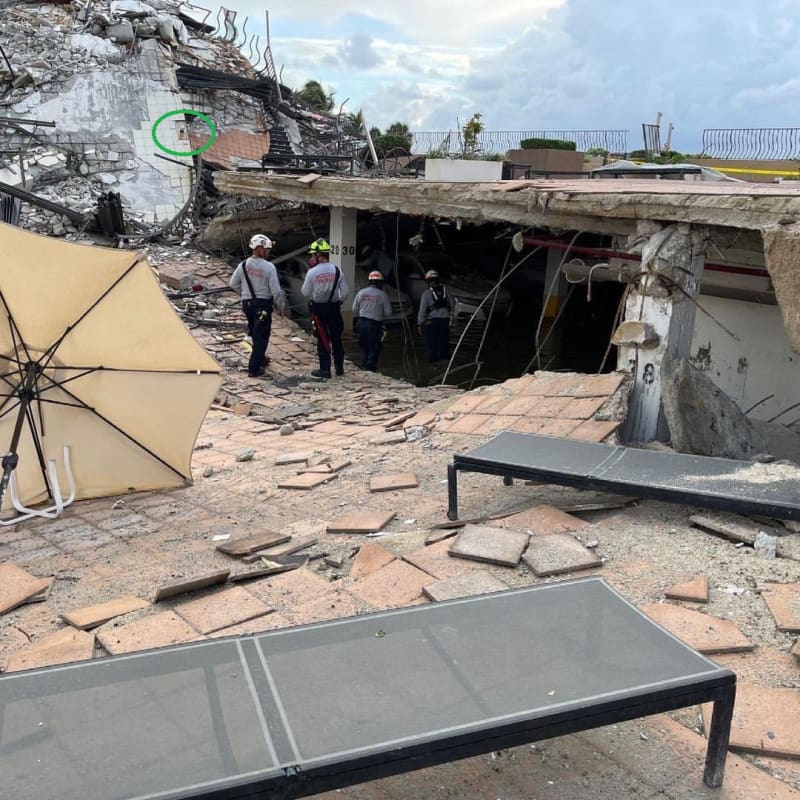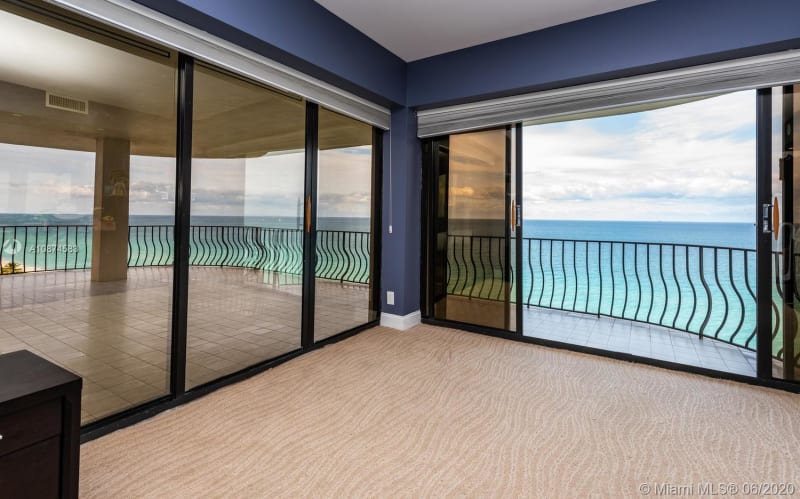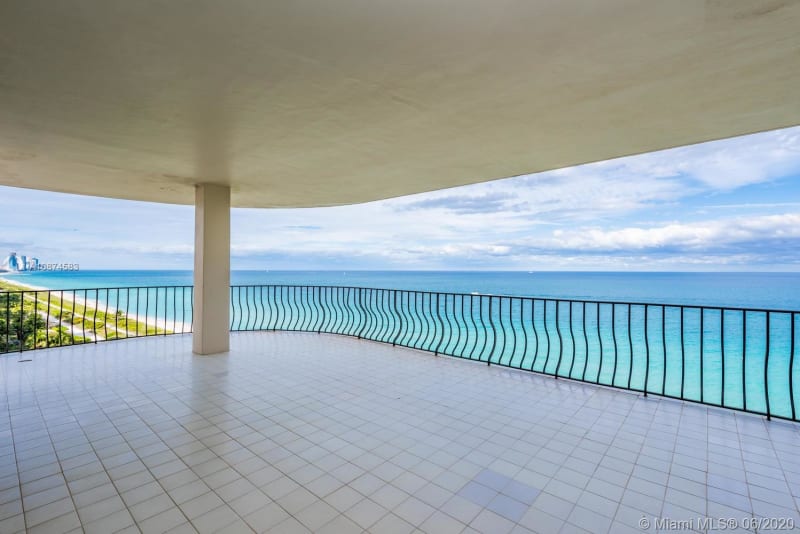The point of my posts is to generate out of box thinking, as I feel that is what it takes to solve this riddle. IMO it is a system of many parameters that led to the structure giving way to gravity.
As a child I built many things with erector sets, and this may not be a Spartan5 level analogy, but I think the tight original design wing-nuts will see this more from a by the book perspective, where as the loose wing-nuts will look outside the box at the warning signs that may have been overlooked because our Special Inspector Training is NOT GOOD ENOUGH yet to solve this unfolding new riddle.
This was a system of failures from original design to lack of well baby care that led to this collapse. Why did they not start working on ground level first, it was because Association would not allow pool out of service nor possibly loss of parking spots, so they started on roof of a time bomb.
I know when my wing-nuts were loose at the joints of my erector set vs tight joints, the load capacity and stability of the structure varied greatly. Now this was a young child figuring this out.
Loose joints probably were one of the biggest issues in this building, leading to racking of structure, thus shifting load paths over time and shifting stresses. Think about removing masonry in fill non load bearing partitions that may have been proving some racking support.
It appears column cold joints between floors were not well tied together. Slab deflections will put lateral stresses on the column to slab joints and could put the columns in towards the middle of some units, while pulling them away from slab to column joints in adjacent units.
Why can't some folks see this concept???
I would argue it takes a far different skill set to design a structure from scratch, with the Architect dictating a lot of problems for the structural engineer to figure out solutions too, that go against anything the EOR wants to do, but hey what happens if Architect and customer unhappy with EOR..... They find another EOR that will do what they want.....
Folks are ignoring the loose joints of this building, and the effects of vibrations of varying degrees on those loose joints, yet the joints are the most critical part of the design process.
Look at Hard Rock Collapse in NOLA. Did not the steel erectors leave out bolts at connections and leave the joints loose as they added floors above, coupled with design issues.
Loose joints whether steel or concrete can become a big issue.
So if you read this to this point, you realize I am a loose wing-nut.... I did the opposite of Demented and went from Structural start to Aerospace. Think about it, Aerospace engineers design stuff to blow up or exploit what Structural Engineers Design......
And AeroSpace Engineers do all this without a PE Stamp and the liability that comes from doing Public Structures....
The shaking of Champlain Towers appears to have started being noticed when the stimulus of pile driving started next door. Does that mean the pile driving caused the collapse. NO. But it may have been a key contributing factor to a exponentially decaying defective structure. And this construction happened after the 2018 Morabito Report.
What I really don't understand is why so many tight ass wind-nuts are taking such a hard stance that only a simple solution and only their theory could be possible.
You can not pick and choose which pieces of evidence you consider. It is all important, and must be considered and factored into the algorithm....... And that algorithm may not be a simple linear equation......
PS I typed this on the fly, and did not proof read, so there may be typos....
Think about it. I, K, L, M 9.1 Column line had cantilevered slabs to transport moisture into the exterior column line to slab joints at each floor column joint. Was the cantilever slabs well maintained to prevent moisture intrusion in this area? I think no, these were neglected just like the garage slab at wall interface. We can see the water soaking into the building in the garage tour. Water intrusion is not stopping at the exterior wall...
Edit for Spartan5. Dirac Live does a great job eliminating those room modes you are referring.





